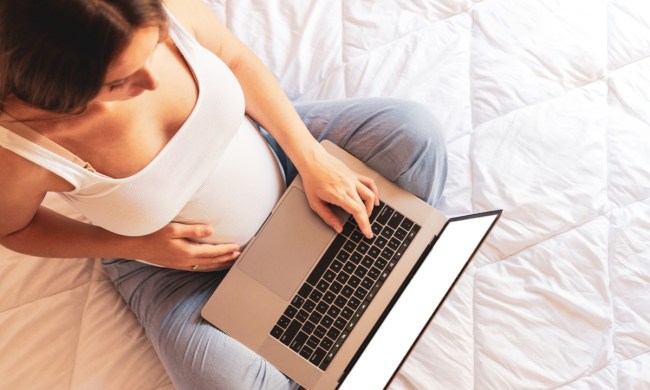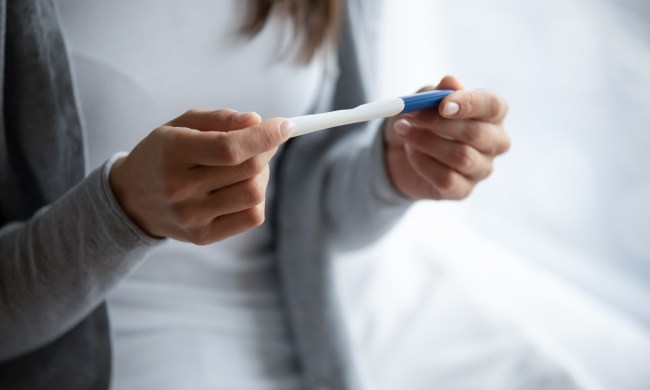After carrying your precious baby for nine long months, if you are breastfeeding, you may notice some leaking when your milk first comes in. This is quite common and happens to many moms. Many of them have found the relief of a nursing pad, especially when leaking happens at the most inopportune times. If you are asking yourself, “What is a nursing pad, and how you should use one?”, we’ll fill you in on all the tips and trickks.
What is a nursing pad?
The long and short of it is that nursing pads are little pads that are put inside your bra between your breast and the fabric. You may leak milk in between feedings, and by wearing a nursing pad, it catches your milk rather than your clothing taking the hit. There are a variety of nursing pads available, and we will break them down for you so you can decide what kind would be best for you.
Disposable Nursing Pads
If you decide to use disposable nursing pads, they can be quick and easy to use, and you can even keep some extra in your purse if you need to change one and you are out somewhere. They come in all kinds of thicknesses, depending on your leakage needs. They are great to use when you are traveling, as you do not have to wash them and can just throw them out. There are plenty of different brands out there to discover, so you may want to try a few to see which one you like the best.
Homemade Nursing Pads
You can also make your very own nursing pads from home. If you know how to sew, you can create them. The best kind of material to use when making them is cotton, as it is soft and absorbent. The only downside to a homemade nursing pad is that they are not good for travel. They should mainly be worn at home where they can be placed in a hamper to wash when you are done with them. When compared to disposable nursing pads, homemade ones seem to be more breathable, giving your breasts more air circulation. Plus, they are eco-friendly as well.
Reusable Nursing Pads
You will likely be able to find these in any maternity or baby store. They, too, are eco-friendly. But you will have to purchase a few different pairs because you are going to have to rotate them out. Around six to nine pairs have been found to be a good number of nursing pads to keep around. They are also a cost-effective option if you are looking for inexpensive nursing pads.
How do you use a nursing pad?
The great thing about nursing pads is that they are rather easy to use. Here are the steps on how to use them, broken down by the type of pad you choose.
Disposable
- Make sure that you wash your hands. Next, make sure that your breasts and nipples are dry.
- If your brand has an adhesive, remove the pad from the packaging and gently peel back the adhesive backing.
- To create more absorbency, center your nipple on the pad.
- Press the adhesive pad against the bra and make sure it fits correctly.
- Go about your day. When the time comes that the nursing pad is wet, it is time to replace it with another one.
Reusable/Homemade
- Assure that the nursing pad that you chose is free of moisture and that it is totally dry.
- Position the nipple on the nursing pad and make sure that it fits correctly between the bra and breast.
- If you need to adjust it, you can do so as much as you want.
- When it becomes wet, replace it.
- Wash your nursing pad according to the brand’s guidelines.
Tips for using a nursing pad
- When you feel the wetness on your pad, try to change it immediately. The moisture can create bacteria in the nursing pad.
- Sometimes, nursing pads may cause irritation, if this happens, do use a good nipple cream to help you keep wearing the pad.
- Your breasts will leak, especially in the first few weeks after giving birth, so it is always good to have a pad on you.
- When you are traveling or know that you won’t be home, a good idea is to keep a sandwich bag with a moist paper towel in it to put the soiled towel in.
No matter which style of nursing pad you choose, they’ll all soak up any wetness from leaking milk. But always remember that if you feel the pad getting wet, it’s time to change it in order to make sure that there is not any kind of bacterial growth that can create irritated nipples. Nursing pads are practically essential in every mom’s purse or diaper bag. They are great for keeping the milk from staining your clothes, and they’re a wonderful tool to have in your new mom arsenal.


